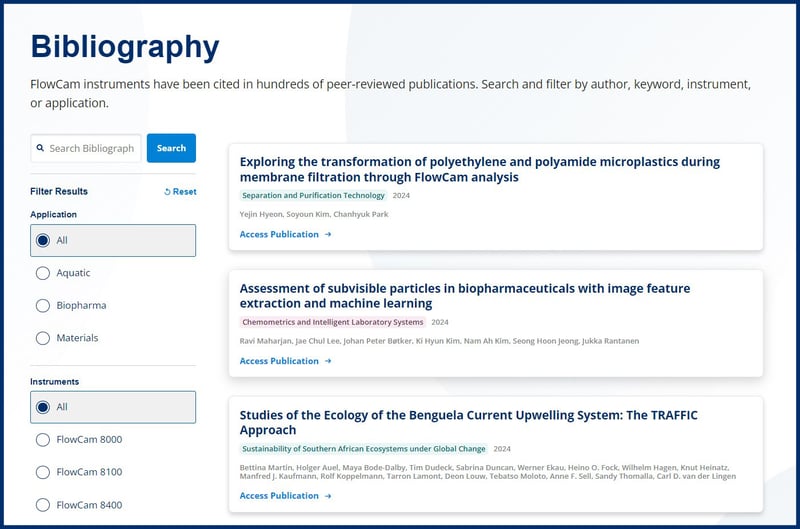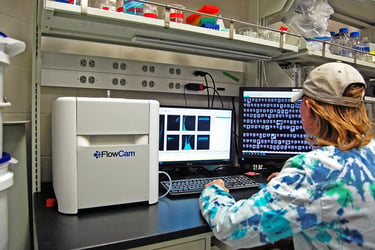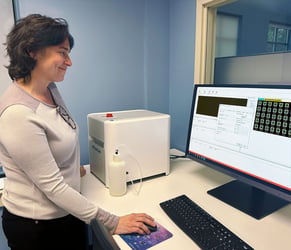FlowCam instruments have been widely recognized and utilized in the scientific community across a variety of fields, as evidenced by the hundreds of peer-reviewed journal articles, textbooks, and protocols that have validated flow imaging microscopy with FlowCam as an analytical method.
To make it easier for researchers to access this valuable information, we have collected these publications into one easily navigatable database on our website. Whether you're searching for a specific author or keyword, or simply want to filter by instrument or application, this central database is an invaluable resource for anyone working with FlowCam or considering acquiring a FlowCam instrument. With just a few clicks, you can find the research you need to inform your work and understand how flow imaging microscopy is being applied in labs around the world.
Try it for yourself:

The FlowCam Bibliography highlights include some of the newest publications to use FlowCam data, including:
Spatial and Temporal Variability of Saxitoxin-Producing Cyanobacterial in US Urban Lakes
Toxins, 2024, Youchul Jeon et al.
"In this study, we assessed eleven U.S. urban lakes using qPCR, sxtA gene-targeting sequencing, and 16S rRNA gene sequencing to understand the spatio-temporal variations in cyanobacteria and their potential role in STX production...Chlorophyll a (CHL) was determined using EPA Method 445.0. Cell count was determined along with cyanobacterial identification utilizing FlowCam 8400."
Aspherical, Nano-Structured Drug Delivery System with Tunable Release and Clearance for Pulmonary Applications
Pharmaceutics, 2024, Pioch et al.
"Addressing the challenge of efficient drug delivery to the lungs, a nano-structured, microparticulate carrier system with defined and customizable dimensions has been developed. Utilizing a template-assisted approach and capillary forces, particles were rapidly loaded and stabilized. The system employs a biocompatible alginate gel as a stabilizing matrix, facilitating the breakdown of the carrier in body fluids with the subsequent release of its nano-load, while also mitigating long-term accumulation in the lung. Different gel strengths and stabilizing steps were applied, allowing us to tune the release kinetics, as evaluated by a quantitative method based on a flow-imaging system."
Toward One-Way Smoke: Synthesis of Copper-Based Microclubs with Asymmetric Scattering and Absorption
Advanced Functional Materials, 2024, Guo et al.
"The ultimate goal of this work is to create an engineered aerosol that acts as one-way smoke, i.e. it creates an asymmetric vision environment in which the ability to image objects depends on the viewing direction. To this end, a rapid, one-pot synthesis of copper-based microclubs is developed that consists of a Cu2O octahedron attached to a Cu2O@Cu shaft. Millions of synthesized particles are analyzed in minutes with a FlowCam to provide a robust statistical analysis of their geometry, and rapidly elucidate the roles of the reaction constituents on the particle shape and yield."
To read more publications from FlowCam scientists in a multitude of applications, and to learn how you can apply flow imaging microscopy methods to your own research, look for our Bibliography in the Resources menu of the FlowCam website.











